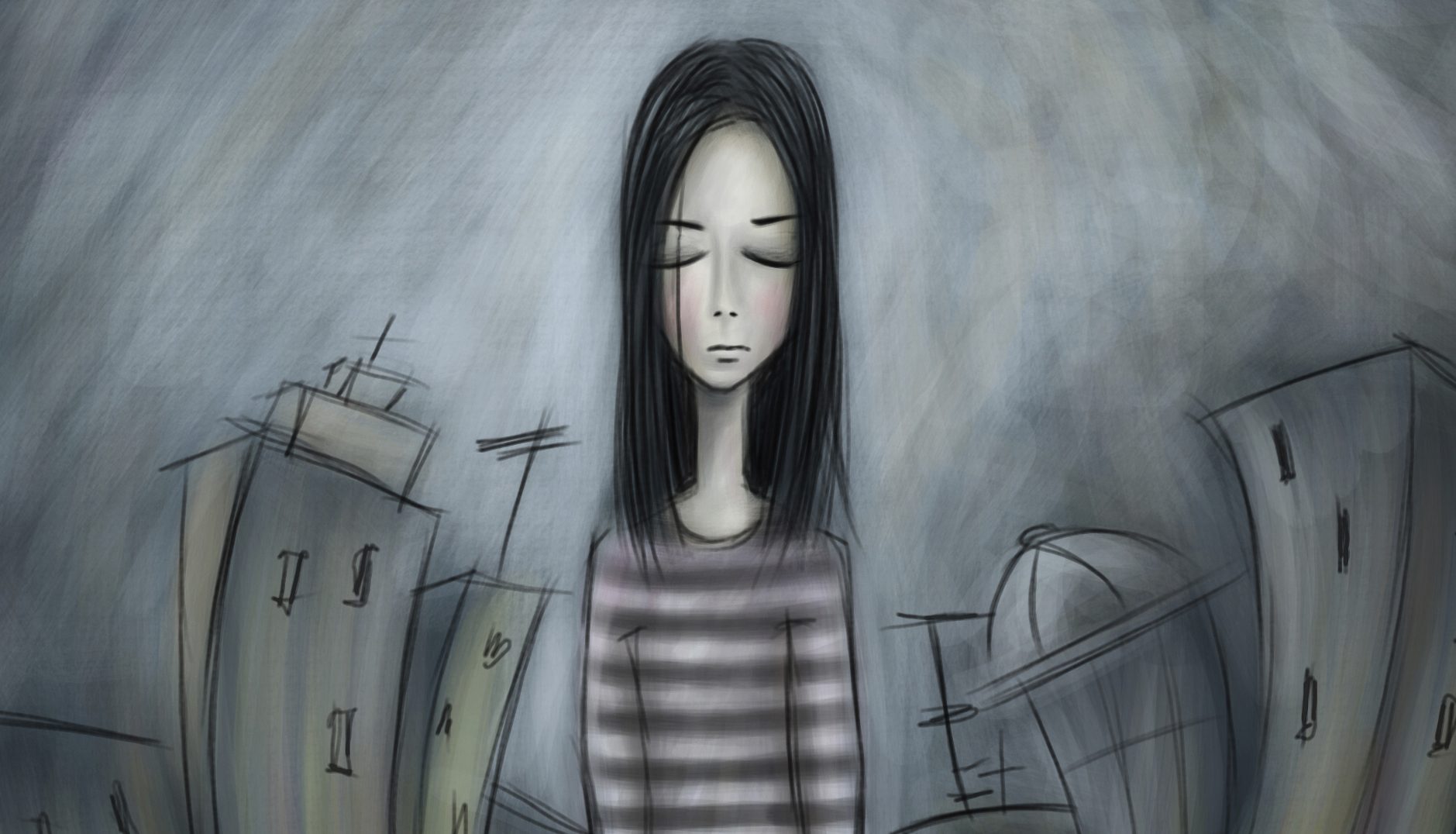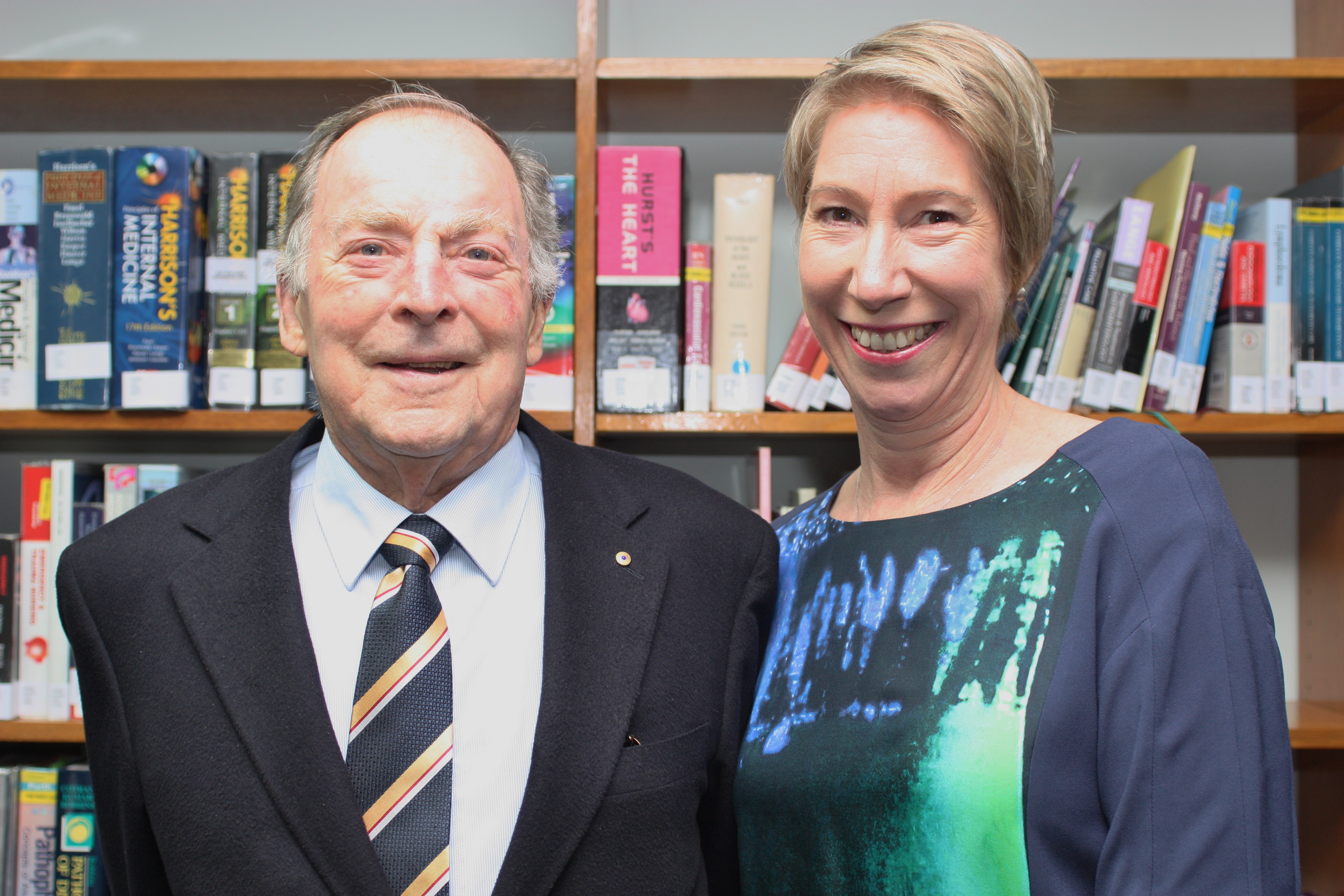WHO focuses on adolescent health?

World Health Organization turns its attention to the health and wellbeing of the world’s youth
Published 21 August 2015
Global improvements in maternal and child health means for the first time, the health needs of adolescents have been noted as an emerging vulnerable demographic.
Across the world, young people share a common burden of chronic physical and mental health disorders such as eating disorders, sexual and reproductive health and non-communicable diseases. Acute and mental health services combined are required to meet the needs of this demographic.
Earlier this year the Centre for Adolescent Health, a collaboration between the University of Melbourne Department of Paediatrics, the Royal Children’s Hospital and the Murdoch Childrens Institute, became the World Health Organization’s first non-European Collaborating Centre in Adolescent Health.
At the helm of the Centre, are University of Melbourne Professors Susan Sawyer and George Patton who having successfully promoted the field of adolescent health on a domestic scale are now doing the same thing globally.

The recognition by the World Health Organization comes at an exciting time in global health, with adolescents and their health increasingly appreciated as a pressing agenda.
‘It is very exciting that the Every Woman, Every Child initiative of the UN Secretary General has been extended into a Global Strategy for Women’s, Children’s and Adolescents’ Health’, said Professor Sawyer, Director of the Centre for Adolescent health.
This offers an unmatched opportunity to promote the health and development of young people across the globe.
The WHO named adolescent health as one of its Sustainable Development Goals. This transition from the UN’s Millennium Development Goals to Sustainable Development Goals will see a global strategy for women’s, children’s and adolescents’ health.
A global approach to adolescent health is vital because the predominant health concerns cut across all nations. The current number of young on the planet is the largest there has ever been or will be in human history.
The new appellation builds on growing international engagement by the Centre for Adolescent Health. Having led two special series in the Lancet on adolescent health for the University of Melbourne, Professor George Patton is chairman of a new Lancet Commission on Adolescent Health and Well-being, where the prestigious journal has partnered with the University of Melbourne, University College London, London School of Hygiene and Tropical Medicine, Columbia University and the University of Washington to address the health needs and social determinants of young people.
Professor Patton is currently chairing a WHO technical committee to establish a global consensus around a core set of health indicators for adolescents.
We have come to understand that promoting health and well-being of young people is imperative. The Collaborating Centre presents an opportunity for the University of Melbourne to extend its global leadership in this essential work.
The Centre’s research covers childhood to adolescent development across physical, mental and social health; and preventable health risks initiated during adolescence which can lead to lifelong health concerns or premature death.
Based at the Royal Children’s Hospital, the centre has a long history of collaboration between researchers and clinicians at the University, MCRI and the WHO. The invitation to become a collaborating centre signals the WHO’s interest in maintaining access to the Centre’s high level technical capacity, clinical and educational expertise.
In 2015, a significant gift from Victorian philanthropist Geoff Handbury AO and his family ensured a permanent endowment for a Chair in Adolescent Health. Professor Susan Sawyer, chairman of the Geneva based Technical Steering Committee for Maternal, Newborn, Child and Adolescent Health since 2012, and Director of the WHO Collaborating Centre for Adolescent Health is the inaugural Geoff and Helen Handbury Chair in Adolescent Health.
